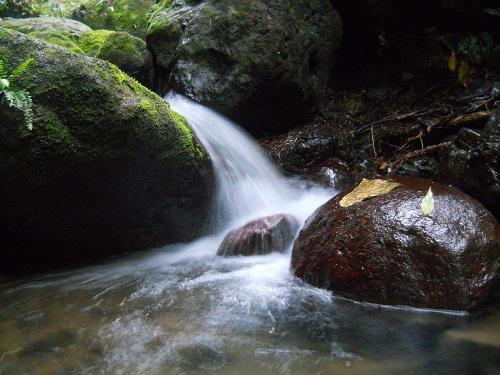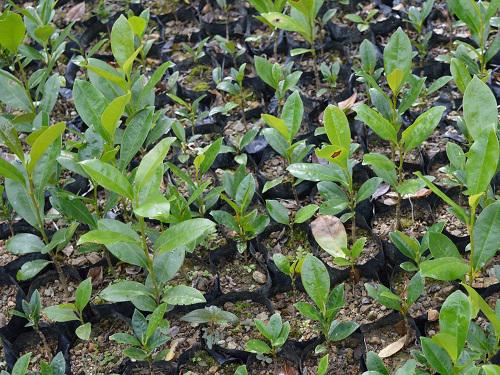Pedro López Del Castillo
Other projects
18 Aug 2011
Watershed Conservation in Cuba: Bio-monitoring, Training and Environmental Education
25 Feb 2013
Watershed Conservation in Cuba: Bio-Monitoring, Training and Environmental Education II
Aims in this stage are to increase the watersheds conservation actions (e.g. Recovery Forests and Participatory Biomonitoring) in several basins of SMMR through of the integration of several institutions with the communities.

Stream in Pristine Forest.
The tropical regions support increasing numbers of people and many of the problems are the direct result of human population growth, over-exploitation of resources and lack of adequate planning by local governments. At the same time, the impacts of human activities on streams are poorly understood. Deforestation is a major environmental problem in tropical regions, where rates of tropical forest loss currently exceed 1,25×105 km2 yr−1 (FAO, 1999). Rates of degradation or alteration of forest structure are almost certainly much higher. Every year, it is estimated that an additional 0.5 million kilometers of stream and river channel are affected by tropical deforestation (Benstead et al., 2003b). In many regions, deforestation has reached alarming rates. (Ramírez et all., 2008. Tropical Stream Conservation. In: Ed. David Dudgeon “Tropical Stream Ecology”.)

Magnolia cubensis.
A common bad practice of farmers in Cuba is the use of logging and fire to make smallholdings, after four years of use they leave it to make another, today we have several clears in forest with its respective damage to watershed conservation (e. g. Increasing erosive rates, fragmentation and destruction of habitats and all this result in a decline of water quality). An important goal of the project is to link communities with several institutions for reforestation of different kind of forests.
Meanwhile with the use of Participatory Biomonitoring the communities will compare the freshwater fauna against points with different anthropogenic influence using the index for water quality BMWP adapted to Cuba and using illustrated guides of freshwater fauna. Simultaneously we will continue obtaining characterization about levels of ecological tolerances as bio-indicator to each specie; critical to the implementation of bio-monitoring programs.
We will continue offering lectures and training on different aspects of conservation biology in watersheds (e.g. biodiversity, bio-monitoring, agro-ecology, etc.) for selected institutions as: Hydraulic Resources Institution, Association of Small Farmer in the communities, Coffee, Forestry and Flora and Fauna Enterprises.